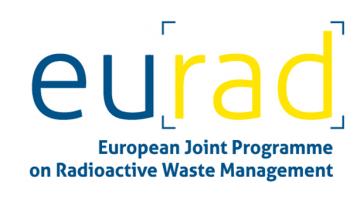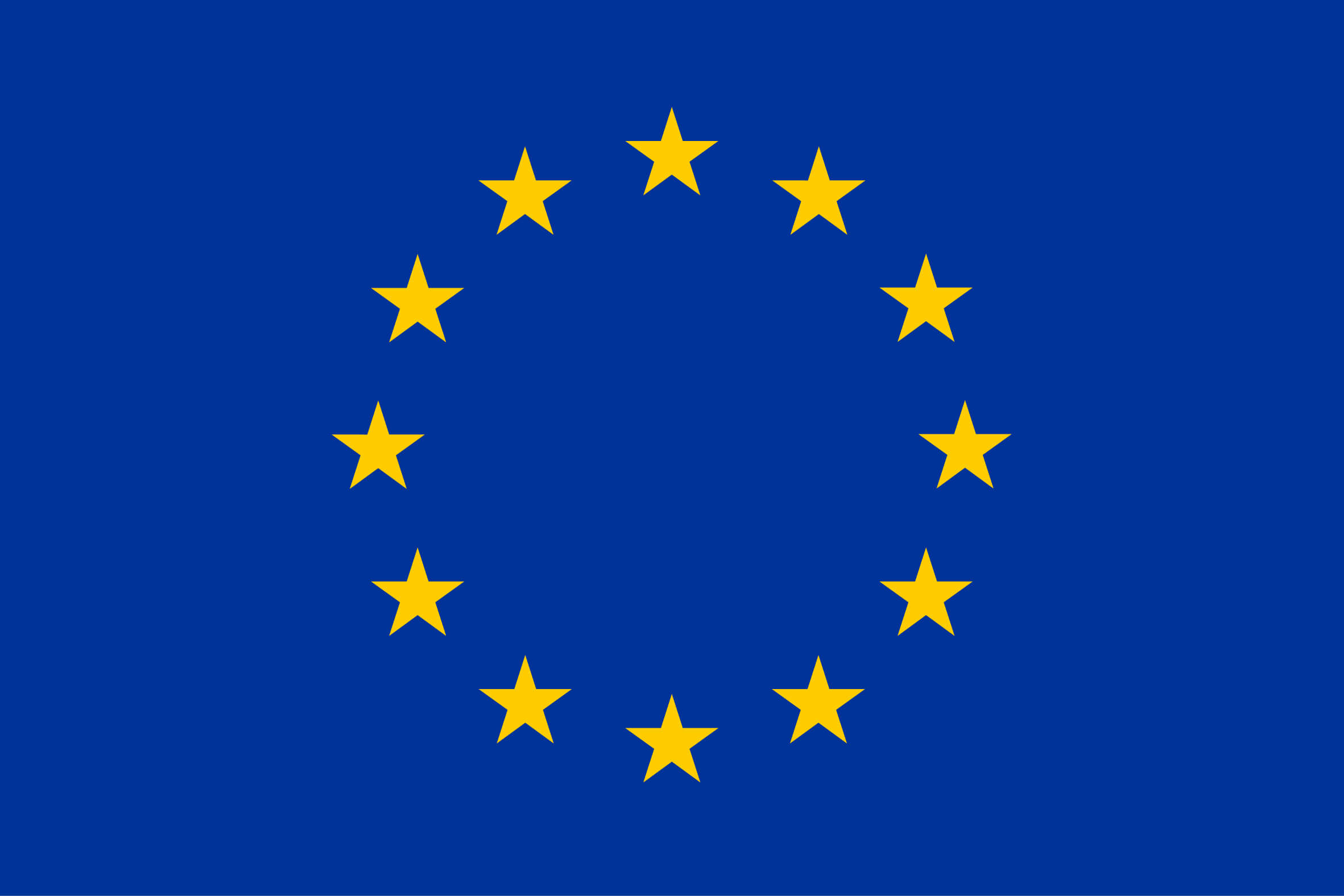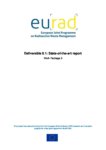SFC: Spent fuel characterisation and evolution until disposal (EURAD WP)
SFC is an RD&D Work Package (WP) within EURAD. It aims to reduce uncertainties in spent fuel properties in pre-disposal phase.
Overview
Accurately determining the source term and evolution of spent fuel is fundamental to safety assessments. This is reflected by both of these areas are represented as EURAD Theme 2 activities and are listed as high priority. Parameters such as decay heat and nuclear reactivity (fissile content) need to be known in order to decide how much fuel can be safely loaded into a disposal container and how closely disposal containers can be emplaced during disposal. In the absence of accurate knowledge there is a risk that these parameters could be too conservatively estimated. Conservatism would then percolate through to specifications for container loading and facility layouts, potentially resulting in substantially more containers than necessary, more transport operations and ultimately a larger facility footprint. This has safety and cost ramifications. Conversely, the alternative is also possible (i.e. optimistic parameters are estimated), which could then be detrimental to safety, i.e. through inadvertent breach of a thermal or criticality safety limit.
Waste Management Organisations (WMOs) are particularly interested in the possibility of an NDA technique that could allow swift and accurate corroboration of spent fuel records, prior to fuel containerisation (i.e. potential waste acceptance criteria (WAC), such as a fuel burn-up measurement or a thermal limit acceptance check). WAC is a key thematic area under Theme 2 in the EURAD Roadmap and is typically of most interest to more advanced stage programmes (Phase 2 onwards).
This WP has the potential to effectively integrate with the another EURAD RD&D WP which runs in parallel – Influence of temperature on clay-based material behaviour (HITEC) – which scrutinises thermal output and the validity of currently applied thermal limits.
Objective
This WP will develop and document an experimentally verified procedure to accurately determine the source term of irradiated spent fuels. It will also develop characterisation techniques that will allow us to more fully understand the physiochemical evolution of irradiated spent fuels (pellets and cladding) under normal and credible accident scenarios following reactor discharge (i.e. during interim storage (wet and dry), transport to and emplacement in a GDF).



